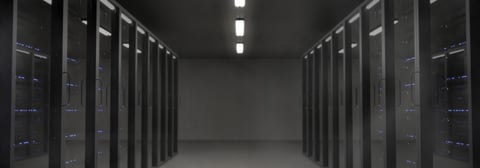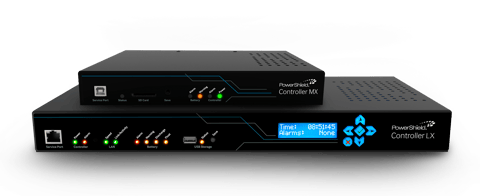According to a recent study from US-research firm Information Technology Intelligence Consulting (ITIC), over 80% of businesses need 99.99% availability from their data center. ITIC calculate that the average cost of this hour of annual downtime is $USD 260,000.
Business owners simply can't afford to be offline, meaning end-to-end reliability and risk management are crucial. Given the huge growth in data storage requirements with cloud access, IoT and big data, minimising downtime is essential. Even a short-lived outage can have a significant impact on a business.
Loss of revenue and unhappy customers are the first things that come to mind, and they are critical. The results can be devastating, and that in itself ought to be sufficient to get businesses thinking seriously about their disaster recovery plan. However there are many other significant areas that can be affected by a data center outage.
What are the categories of direct costs?
These are the actual expenses incurred when a business experiences downtime, and can include:
- The cost of getting everything back up and running. Depending on the type of business, and how much of it relies on IT, the cost of restarting systems and processes can be significant.
- Project delays – often projects are linked. If a data center outage means one project is delayed, it can affect others that are tied to it.
- Equipment costs – especially if there’s been damage to the infrastructure.
- Third party costs – if contractors or consultants are needed to resolve the outage.
When a business owner puts pen to paper and adds up the direct costs alone, they’ll ask themselves: “Can my business afford to be offline?”
What about indirect costs?
These are costs that can’t be worked out on a calculator, but still have an impact on a business’s bottom line:
- Loss of business opportunities – a business can’t be working to attract new customers when everything’s offline.
- Productivity loss – in the same way, not much gets done when there’s an outage.
- Damage to reputation – if a business can’t fulfil customer requirements, it makes them look bad.
What this all boils down to is that if a business doesn't have a fine-tuned disaster recovery plan, it could end up dealing with the fallout from a data center outage for months, with a heavy financial impact.
So there’s a real need for a business to make sure their data is protected. They need to know that the people who are managing their data center understand the root causes of downtime, monitor performance (DCIM), and most of all, to have confidence in the data center’s battery management system.
Monitoring UPS battery backups is also an important part of the DCIM mix. Battery management systems (BMS) can provide the level of transparency required, keeping track of the health and performance. Alerts and dashboards transform data into actionable information, as well as sending key information to control room and facility management systems like a DCIM.
At PowerShield, battery management is what we do. We understand it intimately, and if you're interested in finding out more about how a properly implemented BMS can benefit your data center and your business customers, get in touch for a chat.
.png)







